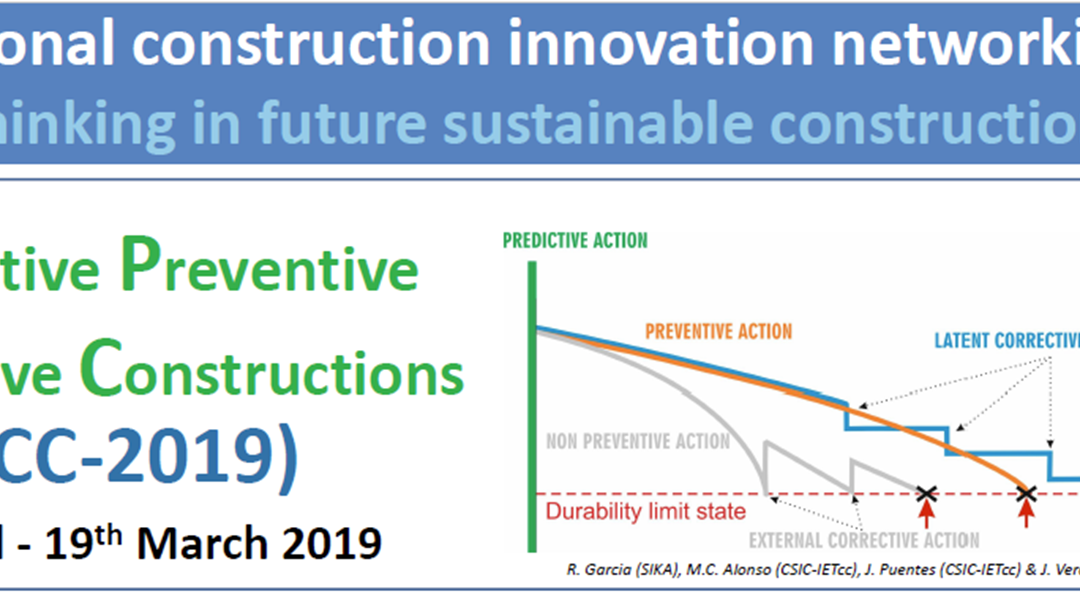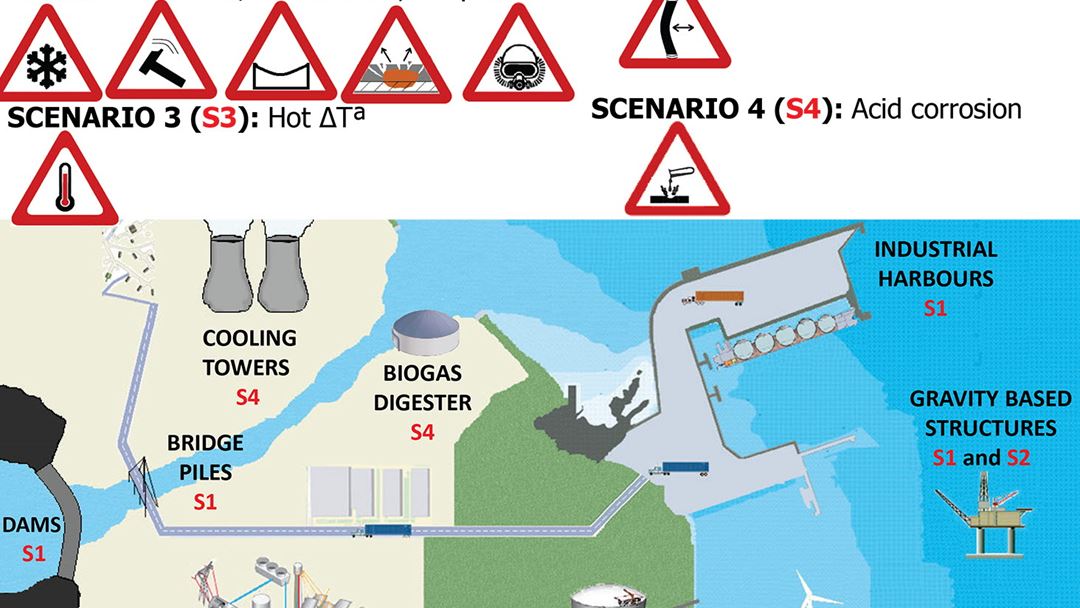There will be an increasing demand for energy worldwide in the coming 30 years as population is steadily growing. New infrastructure projects for energy or transport require long service life spans, which often exceed those formulated in standards. In particular in aggressive environments, long-term durability of conventional concretes is not always in tune with service life expectations and limited funding or possibilities for maintenance.
The service life of engineering structures depends on their use, the environment they are exposed to, the materials they are built with and how they are built. Durable materials are paramount for safety and functionality of structures. Existing and emerging energy technologies require materials that perform in more and more extreme operating conditions as they are installed in sub-arctic/arctic areas (low temperatures, ice-abrasion), desert areas (high temperatures), along coast lines (high chloride contents), deep-sea or underground (large temperature gradients and high pressure). At the same time, our society has to face environmental aspects caused by increased CO2 emissions. New energy technologies are necessary to meet the energy request from carbon-based sources more efficiently at short term and to move to renewable energy sources at a longer term.
The main goal of the LORCENIS project is to develop long LASTING reinforced concrete for energy infrastructures with lifetime extended up to a 100% under extreme operating conditions. In order to improve the durability of concrete for energy infrastructures, it is necessary to understand the current limitations, requirements and challenges for each type of infrastructure.
Read about also our International construction innovation networking event,
Thinking in future sustainable constructions, 19th March in Madrid


